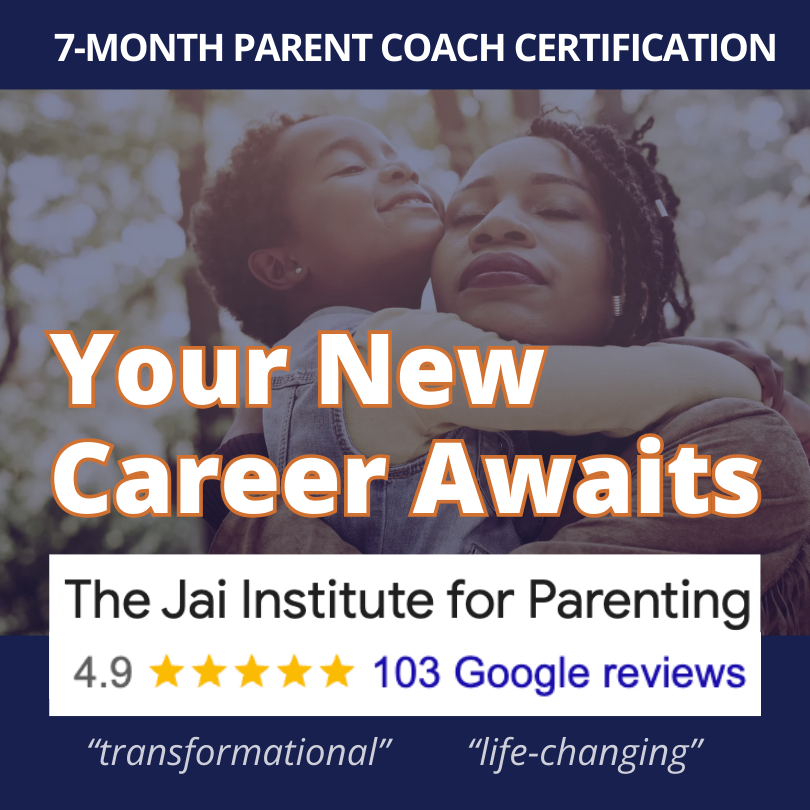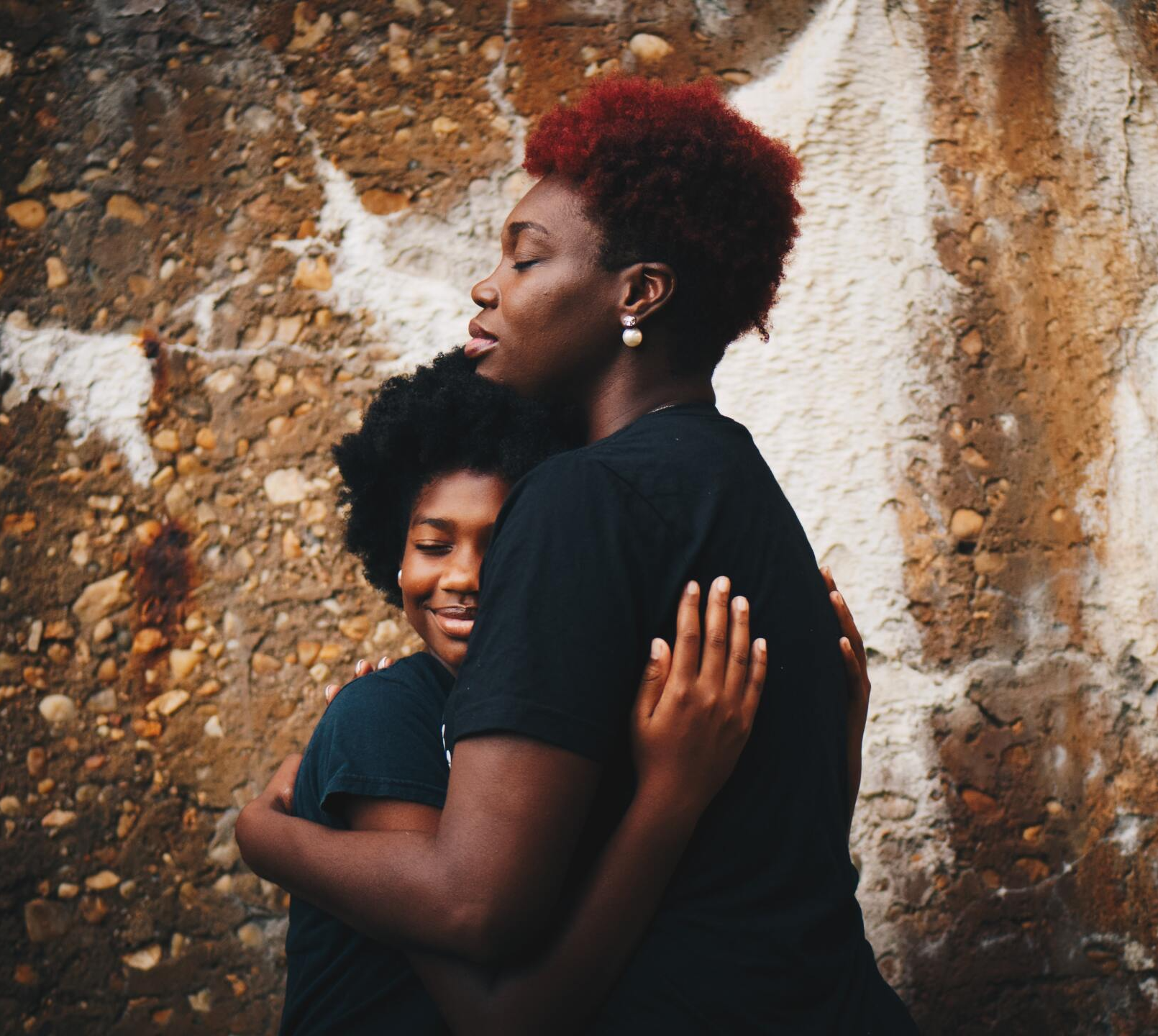Is It Possible to Set Boundaries Without Consequences?

Parenting can often feel like navigating a maze of conflicting advice, especially when it comes to managing children's meltdowns, refusals, and burgeoning will. Balancing our responsibilities—running a household, nurturing our relationships, and addressing our own needs—leaves little room for indecision or second-guessing. So, how can we effectively guide our children while remaining true to our values of emotional intelligence and intentional parenting?
The Dilemma: Boundaries without Consequences?
The question arises: how do we best implement our guidance without consequences that are punitive measures in disguise? Do we resort to immediate logical consequences when children don't follow directions? Understanding the distinction is crucial. Let’s explore together.
Logical consequences are adult interventions designed to help children learn and change their behavior rather than punish them. According to Dr. Jane Nelsen's Positive Discipline framework, logical consequences should adhere to the "three R’s and an H": they must be related to the behavior, respectful, reasonable, and developmentally appropriate, and helpful in understanding the "why" behind the behavior.
Everyday Examples of Logical Consequences:
1. Related to the Infraction: If a child throws sand in a sandbox despite being told to keep the sand down, a parent might calmly remove the child from the sandbox to emphasize the expectation that sand remains in shovels, buckets, or on the ground.
2. Respectful to the Child's Esteem: Instead of adding scolding comments like, “If you’d only listened, this wouldn’t have happened!” the parent focuses on the child's learning experience. They needed help succeeding in the expectation. That’s okay!
3. Reasonable and Developmentally Appropriate: Parents should consider their child’s developmental stage. A two-year-old may need simple, direct instructions and physical guidance rather than complex explanations, such as being told, “Keep the sand down,” with the parent sitting close to help.
4. Helpful: It should aim to understand the underlying reasons for the behavior. It’s pretty obvious that a young child is curious and wants to follow their curiosity! We can help support curiosity while guiding safe ways to explore.
Positive Discipline Framework
According to Dr. Chelsey Hauge-Zavaleta, logical consequences should only be used about 2% of the time. More often, parents can focus on two key strategies:
1. Shifting behavior in the moment by telling the child what to do instead, then supplementing hands on support. This can sound like curiosity questions, collaborative problem solving, or empathy guesses while reminding the child of the expectation.
2. Reinforcing expected future behavior by continuing to build skills necessary for the future.
This leads us to the concept of Parent-Centric Consequences. This has little to do with the child at all and is instead what the parent’s consequence of the child’s behavior is.
A child-centric logical consequence would be losing access to the sandbox. The parent-centric consequence would be the parent getting into the sandbox and redirecting the child to build a sandcastle.
Parent-Centric Consequences: The Jai P.E.A.C.E Process
- Presence: Show up and engage! Support skill-building and meet the child's needs. This is a parent’s relationship to nervous system regulation.
- Empathy: Encourage growth by connecting empathetically. This creates opportunities for learning and personal responsibility. It is a parent’s access to emotional connection.
- Aware: Assert your guidance based on your awareness of what kind of support the child needs. Firmly set boundaries while showing compassion. This is the parent's skill set of releasing assumptions and unhelpful narratives.
- Communicative: Foster open dialogue to understand the child's perspective. This is the parent’s ability to communicate with an ‘I statement’ that is clear and direct.
- Explore Solutions Together: Empower children to learn from their mistakes without resorting to punitive measures. This is a parent’s ability to work collaboratively, know when to use their authority, and when it’s an appropriate time to practice working with their child.
When Consequences Become Punishments
Logical consequences can inadvertently morph into punishments when they stem from resentment or frustration. It’s important to differentiate between logical consequences and punishments. If consequences arise from frustration or resentment, they can lead to rebellion or withdrawal from the child. The goal is to ensure that consequences are genuinely aimed at helping the child grow.
Example of an Unjust Consequence:
Consider a scenario where a six-year-old, exhausted after a long day at school, refuses to hang up their backpack. If a parent reacts with frustration, saying, “You don’t do what I tell you to do; you don’t get to go to grandma’s house this weekend,” the child may respond with either rebellion or retreat, neither of which fosters learning.
Implementing Boundaries with Supportive Consequences
So, if you are committed to non-punitive methods but feel overwhelmed, how do you guide your child toward positive behavior without resorting to intimidation or negotiation? The answer lies in establishing clear boundaries coupled with supportive consequences.
1. Establish Clear Expectations: Communicate what behavior is acceptable and what the consequences will be if these boundaries are crossed. These can be positive, not threats. “If you’re having trouble following the rules of the space, I’ll be there to help you.”
2. Follow Through: If a child pushes against the boundary or is not able to meet the expectation because of internal or environmental factors, implement the consequence in a way that emphasizes support rather than punishment.
Defining Boundaries and Consequences
Boundaries outline your expectations, while consequences provide the necessary support when those expectations aren't met.
For example:
- For a Four-Year-Old: “I cannot help you with your Legos right now because I’m cooking. If you keep asking, it will take longer for me to finish. You can work on your coloring in the meantime.”
- For Sibling Conflict: “Keep your hands to yourself. If you don’t, I will need to separate you until you can play safely.”
- For a Twelve-Year-Old: “You can use your iPad after your room is cleaned and your homework is done.”
The Art of Empathetic Discipline
Parenting is a journey filled with unique challenges. Empowered Parenting encourages experimentation with what works for you and your child. Consequences don’t have to be punitive; they can be firm yet compassionate. The goal is to help children understand the impact of their choices while nurturing a sense of responsibility.
If you walk into the room and find your child on their iPad, you have options:
1. Firm Approach: “Hey, no. Give that to me; it’s not time yet. If you cannot follow this direction, your iPad will stay with me until your tasks are completed.”
2. Curious Approach: “Oh my, hey honey. What are you doing on your iPad?” This opens the door for communication and understanding. Maybe they were looking for music to play while they cleaned or messaging a friend.
Embracing Variety in Responses
Not every child will respond the same way to boundaries and consequences. Some may tolerate a brief timeout, while others might need your support to calm down. Flexibility is key; sometimes, you may prioritize directness over connection, especially when under pressure.
Examples of Flexibility in Action
- If a child is having a hard time understanding a boundary, try to remain calm and say, “No. Stop. Separate right now.” If they protest, acknowledge their feelings later when you have a moment to check-in.
- For a teenager caught cheating, address the situation with a serious conversation while also temporarily removing privileges to encourage responsibility and reflection. This can be done from an emotional, reactive state, or you can clearly communicate: “I feel concerned about your phone distracting you from studying. Let’s figure out a way for this to work. I’m going to put your phone on airplane mode until we have a plan”.
Conclusion: A Partnership for Growth
As we navigate the complexities of parenting, it’s vital to remember that boundaries are not barriers; they are invitations for dialogue and growth. By modeling healthy responses to challenges, we empower our children to tackle life’s difficulties with resilience. Ultimately, successful parenting is about transforming everyday moments into opportunities for connection, learning, and growth—a true partnership where both parent and child thrive.
Resources:
Nelson, Jane. Logical Consequences. https://www.positivediscipline.com/articles/logical-consequences
Cal State LA. Transformative Classroom Management Resource Site. Chapter 10: Developing Logical and Related Consequences within the Social Contract (and Why to Avoid the Use of Punishments). From Transformative Classroom Management. By John Shindler. 2008.
https://web.calstatela.edu/faculty/jshindl/cm/Chapter10Consequences.htm
Jai Institute for Parenting Curriculum
Meet Your Author, Rebecca Lyddon, Director of Education & Master Trainer
Rebecca is propelled by a vision whereby she sees children being cared for by adults who are wise, healthy, free, creative, strong, brave, and bold. As a Social Worker, Waldorf Educator, Astrologer, 5Rhythms dancer, Playback Theater practitioner, and lifelong child advocate, Rebecca is thrilled to integrate all of her skills as a certified Parent Coach and Group Trainer.
When Rebecca is not engrossed in deep soul work, she is laughing, dancing, singing and celebrating her life with her beloved, and their two children in Lawrence, Kansas.
READ MORE:
Curious for more?














